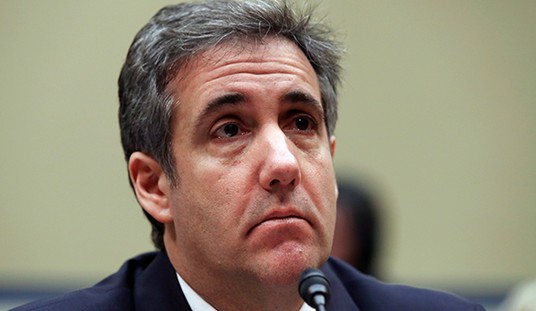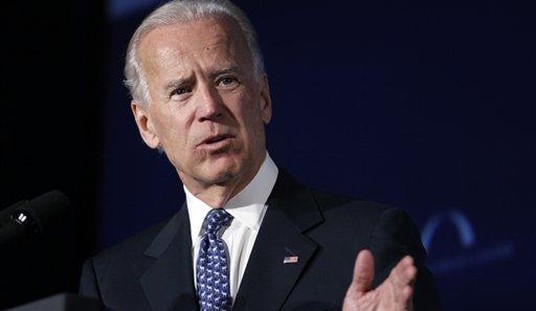In an overt display of conservative values — notably the one that disdains “big government” interference — the Trump administration has released the outline of an infrastructure plan that allots infrastructure funding to state governors and essentially allows them to address their individual state needs however they like.
The plan is called “Building a Stronger America: Rural Infrastructure for the 21st Century” and it allots $50 billion to be used on modernizing and rebuilding states’ rural infrastructure, with a special emphasis on enhancing access to broadband internet services.
Remarkably, in a move the U.S. certainly hasn’t seen in some time, it specifically allows states to use the money their governors receive, and any other funds via an associated grant program, in whatever way suits the unique needs of their state. One portion of the plan reads:
- States will be provided funding without burdensome bureaucratic commands on how they should spend it.
- The Federal funding provided by the President’s plan will not be awarded in pre-packaged, asset-specific amounts, as is often the case in other Federal programs.
- Funds provided under the President’s proposal will go directly to the governor’s office of the State receiving funds. (This will allow Governors to make investments based on the individual infrastructure needs of their rural communities.)
The infrastructure needs outlined under the plan include:
- Enhancing and improving broadband access in rural communities
- Clean water projects
- Power and electric projects intended to shore up reliable, affordable electric power
- Water resources project related to management of rural waterways and reducing flood risk
It would appear the federal government is making funds available and then getting out of the way so states can decide how best to allocate those funds.
Now, how to pay for it? There has been some discussion about raising the gas tax, which is always a contentious issue. There’s also word the Trump administration has had some discussion with Australian leadership about their success with “asset recycling.”
Trump’s $1.5 trillion public-works plan has hit potholes amid a lack of bipartisan support in Congress and questions over who would pay for the initiative despite his pledge of $200 billion in federal funding over 10 years. Australian officials have pointed to their own success in selling or leasing public assets to finance new construction without incurring new debt — a concept known as asset recycling…
…“The key blockage in the U.S., which is also common across the world, is the political risk due to community concern over private ownership of what people perceive should be public assets,” said David Whiteley, chief executive of Industry Super Australia — the representative body for not-for-profit funds that invest the retirement savings of 5 million Australians with more than A$224 billion under management. “Engagement with the U.S. government and state governors is incredibly important to building momentum.”
The details of how the plan is ultimately funded will become clearer with time, but infrastructure rebuilding — despite the Bloomberg report — does have some bipartisan support. “Democrats agree with the president: America’s physical infrastructure is the backbone of our economy, and we have fallen behind,” Senate Minority Leader Charles Schumer wrote recently in an op-ed for the Washington Post. “If we do not quickly repair and modernize our infrastructure, we risk ceding the next century of global economic leadership to China or India.”
Arguably most appealing to conservatives is the desire to cut bureaucratic red tape that prevents good projects from being approved, funded, and completed. Alexander Herrgott, an aide in the administration, said at a conference recently, “Regardless of what happens with the legislative package, I think one of the most important things this administration can do is take permit delivery times from what is now an average of 4.7 years down to two years.”
If this administration can get the ball rolling on improvement projects that lead to job opportunity and a better quality of life for the poorest Americans, no one’s going to care about catfighting in the White House or how much the president uses Twitter. We’ll see if Congress decides to play ball.













Join the conversation as a VIP Member